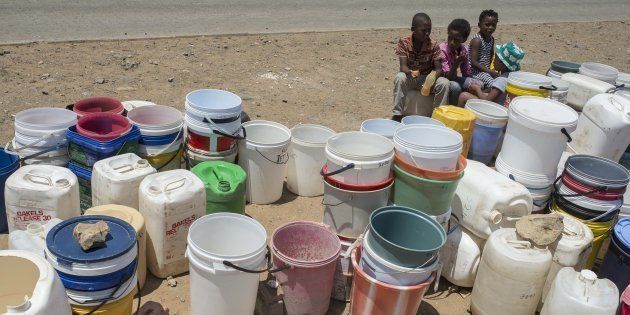
There are still hundreds of thousands of children at work in South Africa.
A report released on Thursday by Statistics South Africa, the Survey of Activities of Young People, outlines the burden on the country's children. While the situation is slowly improving, there are still many children who are obliged to work to survive.
Statistics South Africa's report says:
- There was a decline in the number of children who were involved in child labour from 779 000 in 2010 to 577 000 in 2015, this was a difference of 202 000 children.
- Children aged 16-17 years were more likely to be engaged in child labour than the other age groups.
- Black African children were more likely to be involved in child labour when compared to other population groups.
- In 2015 the difference between boys and girls involvement in child labour was minimal.
- In KwaZulu-Natal about 1 out of 10 children was engaged in child labour and this was the highest when compared with other provinces.
- Urban areas had the lowest proportion of children involved in child labour at 2.0 percent.
- Children who appeared to be absent from school or experienced difficulties at school because of work-related activities declined by 31,000 to just 4,000 in 2015.
- The number of children who reported being injured at work also declined by 88,000 to 202,000 in 2015.
"Child labour" does not include activities like helping around the house for pocket money.
"The Child Labour Programme of Action defines child labour as: Work by children under 18 which is exploitative, hazardous or otherwise inappropriate for their age, detrimental to their schooling, or social, physical, mental, spiritual or moral development. Additionally, according to the ILO [International Labour Organisation] the term "child labour" is often defined as work that deprives children of their childhood, their potential and their dignity, and is work that is harmful to their physical and mental development. This is work that affects children's health, personal development and interferes with their schooling and has a negative impact on children's well-being," said the Stats SA report.
One in four children doesn't have a parent in the home
There were 11.2 million children aged 7 to 17 years in South Africa in 2015, said the report.
About 75 percent had both parents still alive.
About 40 percent had only one parent living in the household.
But about 7 percent were orphans, with neither parent alive; this was higher than five years earlier. Another 18 percent had at least one parent alive but neither parent was living in the household with the child. That means one in four children were not living with either of their parents.
Black children were overwhelmingly worse off regarding the lack of parents.
